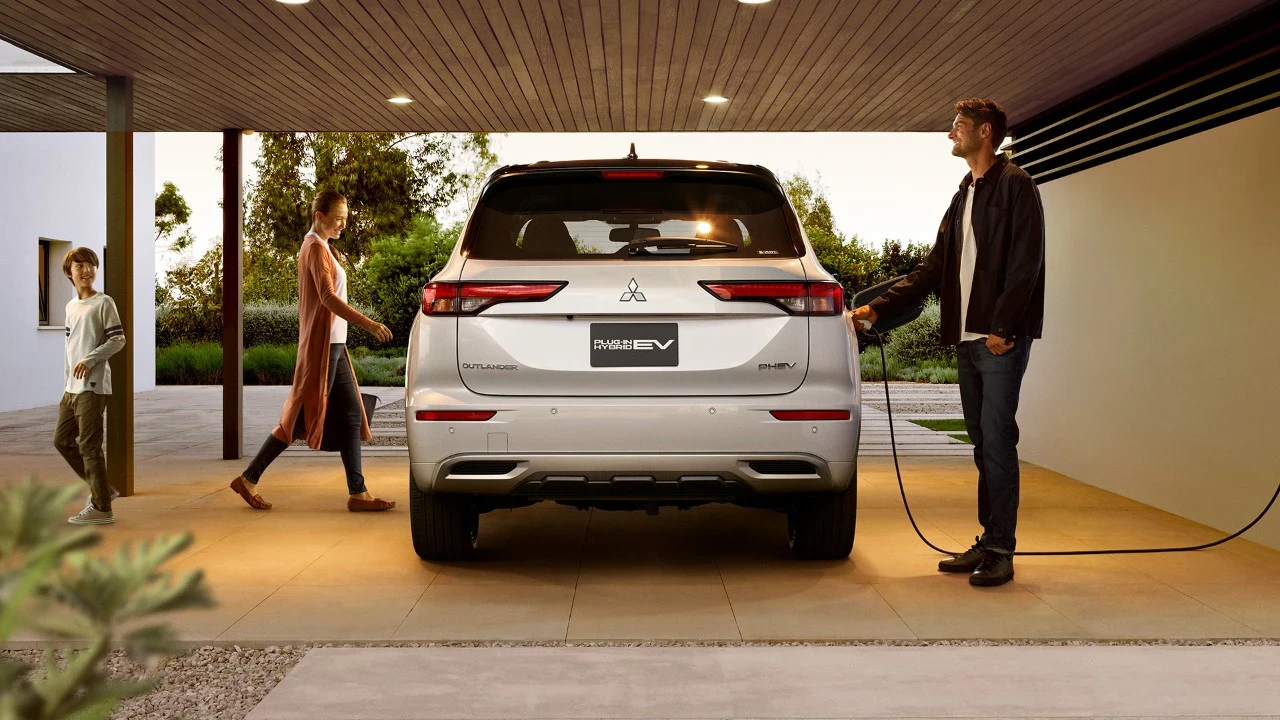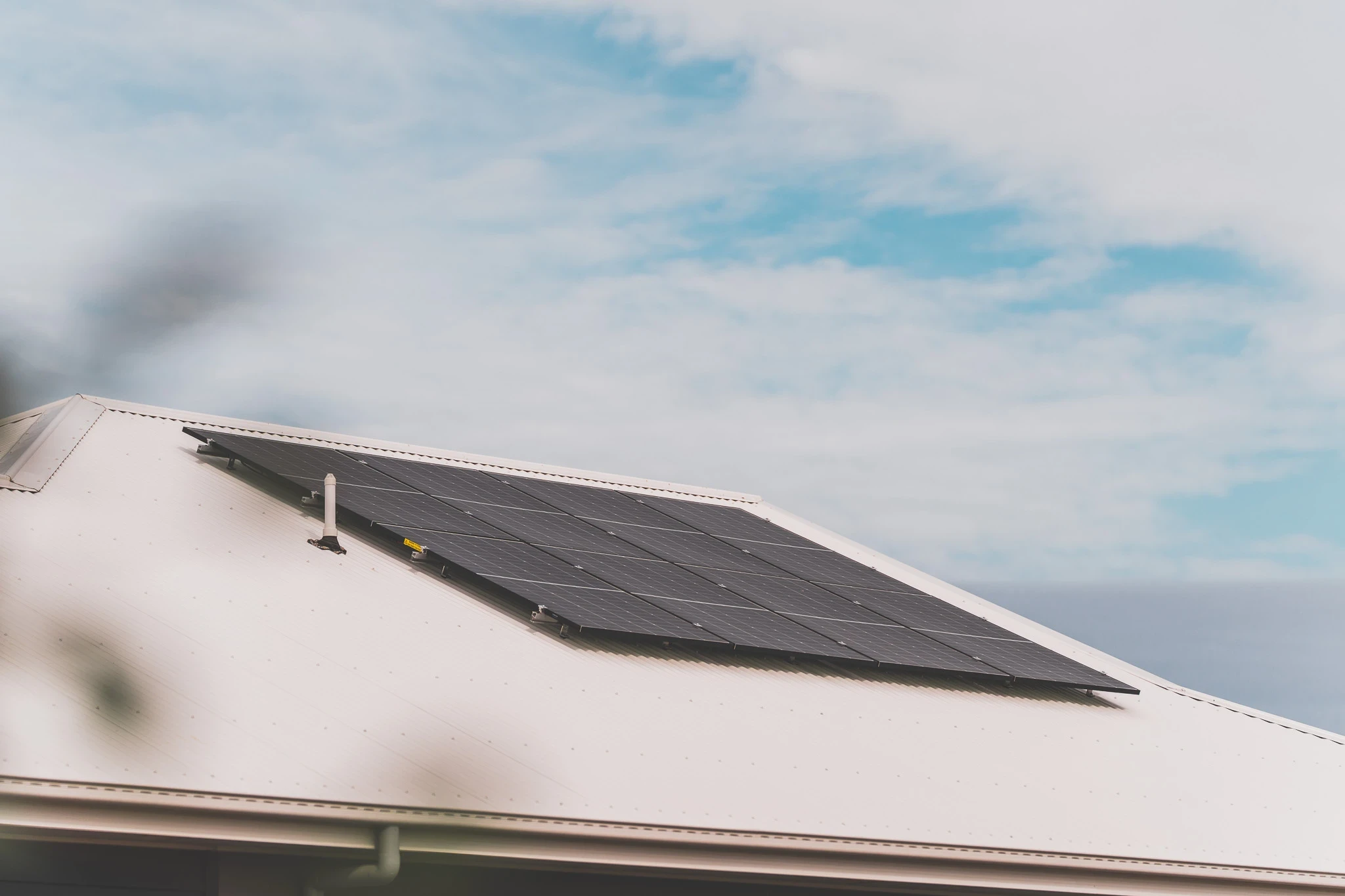Solar PV Panels vs. Hot Water Solar: Which is Better?☀️NSW
Posted 4 Feb
Posted 4 Feb
As more homeowners across Australia look into investing into renewable energy, many come across the various solar solutions that are vastly available. Discover the differences between solar hot water and traditional solar PV and which is better for you.
With everything going electric, most homes have an electric hot water heater that is typically switched on during off-peak periods to consume cheap electricity, most in the middle of the night and turning off in the morning. This is called a controlled load.
Controlled loads (otherwise known as dedicated circuits) are electricity tariffs that are separate from the rest of the home. Controlled loads are typically used for electric water heaters, electric vehicle charging, and pool pumps.
Because controlled loads don’t need a constant supply of electricity, the consumption is shifted to during off-peak periods to use cheaper energy and help balance grid demand. There are 2 different types of controlled loads in Australia, CL1, and CL2.

CL1 or Controlled Load 1 is designed for appliances like 250-630L electric hot water heaters, and other appliances the only need use overnight.
CL2 or Controlled Load 2 is designed for appliances that need a second boost during the day like smaller 100-250L hot water heaters, heat and pool pumps.

After being extremely popular from 2005 to around 2012, solar hot water doesn’t seem to have made its way into the new generation of solar adoption.
If you go for a drive downtown, it is likely you’ll see a roof with an older solar hot water system. Whilst they are still around, there have since been better options reaching Australian markets that help with reducing household energy costs.
Rooftop solar PV has dropped significantly in price, making it more affordable for homes across Australia, whereas hot water system prices haven't dropped that much compared to PV.
For homeowners looking at installing hot water heating systems, or general cost savers for their property, there are a few options of system and installers to choose from which can make it hard to find the right solution.
Whether you’re looking at ways to save the most money, or maximise sustainability, there are definitely options. But it may leave you asking whether to get a solar system, or a solar hot water system... which is better?


Whilst solar and hot water solar sounds like the exact same thing, they both have their specific purposes.
A hot water solar system is exactly what it sounds like; a system which uses solar energy to heat a home’s water.
A general solar system on the other hand refers to the solar photovoltaic (PV) which generates electricity which can be used for all appliances for things like air conditioning and water heating.
Flat plate hot water systems usually range from $3000-$7000 installed, and a 6.6kW solar system generally ranges from $7000+ installed, which is determined by multiple variables. This means that with the STC price reduction, powering your entire home with renewable energy comes in pretty close to what a hot water solar system would cost.
Due to the mass adoption of rooftop PV solar systems throughout Australia, with the help of rebates and incentives, Australia is now a global leader in rooftop solar and now is set to be a leader in solar battery storage.
Now where solar feed-in-tariffs are mostly under 10c, it is becoming increasingly popular to consume the solar energy by shifting energy use instead of selling it back into the grid.
Solar Diverters like the myenergi eddi are also a great to take advantage of self-consumption. Solar diverters monitor your solar generation and consumption and supplies your hot water heater as soon as you produce more solar than your house is using.

|
Feature |
Solar |
Hot Water Solar |
| Solution |
Provide renewable energy for general household consumption |
Heat household water up for showers, kitchens etc. |
| Cost |
$7000+ (depending on system size etc.). |
$4000-$8000 (depending on system size etc.). |
| Potential Savings |
Complete self-consumption, feed-in-tariff credits, reduction in electricity bills. 4-5-year payback period |
50-80% reduction in water heating bills. 5–10-year payback period |
| Expandability |
Can add battery storage, expand system array, or add solar diverter for hot water heating. |
Can add more collectors or tanks but can be complex in installation. |
| Sustainability |
Approx. 25kWh per day (depending on system size and other factors). |
Approx. 1-4kWh per day (depending on system size and other factors). |
| Other Disadvantages |
Higher initial investment cost and needs more roof space. |
Generally shorter lifespan, complex to install. Limited during colder climates. |

Whilst both solar PV and hot water solar systems serve their purpose, solar PV is a better option for homes as it serves all your electrical appliances rather than just heating water, maximising your investment.
With more homes and vehicles going completely electric, solar is just one of those things that will be useful no matter what appliances you use during the day. By being able to use sustainable energy throughout the day (and at night with a battery), you can offset a large chunk of your daily consumption, for free using solar generation. This is just not possible with hot water systems.
Even though there are a few options for different types of hot water systems and heat pumps, solar PV allows you to rely on sustainably free energy to keep your water heated.
Fronius offer an integrated solar diverter system in addition to their inverter series. The Fronius Ohmpilot allows you to not only power your hot water system / boiler with solar energy, but intelligently regulate power output ranging from 0-9kW to heat your water, monitors your overall consumption and heating with the integrated Fronius app, and can also be integrated with most existing electric hot water systems, boilers, and buffer tanks.


If you own both a solar and hot water solar system on the same roof, and it works, that's great! If you've owned your system for a long time, it may be time to check if your system needs replacement as you might be missing out on the full potential savings your roof offers. As older systems age, their production levels grealy decrease due to degradation.
If you're looking into further ways to invest in your energy in addition to your existing solar, there are new ways to improve energy efficiencies like solar diverters, and the addition of home battery storage to store excess solar energy to use later when grid electricity prices spike.
After a long time of domination in the solar industry, solar hot water systems have been overtaken by more affordable modern solar solutions that can do more than just heat your water up. Solar hot water systems are still available and can be installed, but depending on your situation, a solar PV system will be a better choice for most homes.

Should solar owners get a home battery (ESS) or wait for vehicle-to-home (V2H) technology to use electric vehicle battery power to be available in Australia?

Discover available rooftop solar PV rebates, loans, and incentives in Newcastle, Maitland, and the Hunter, NSW and explore eligibility and how to apply.
Leave a Comment